
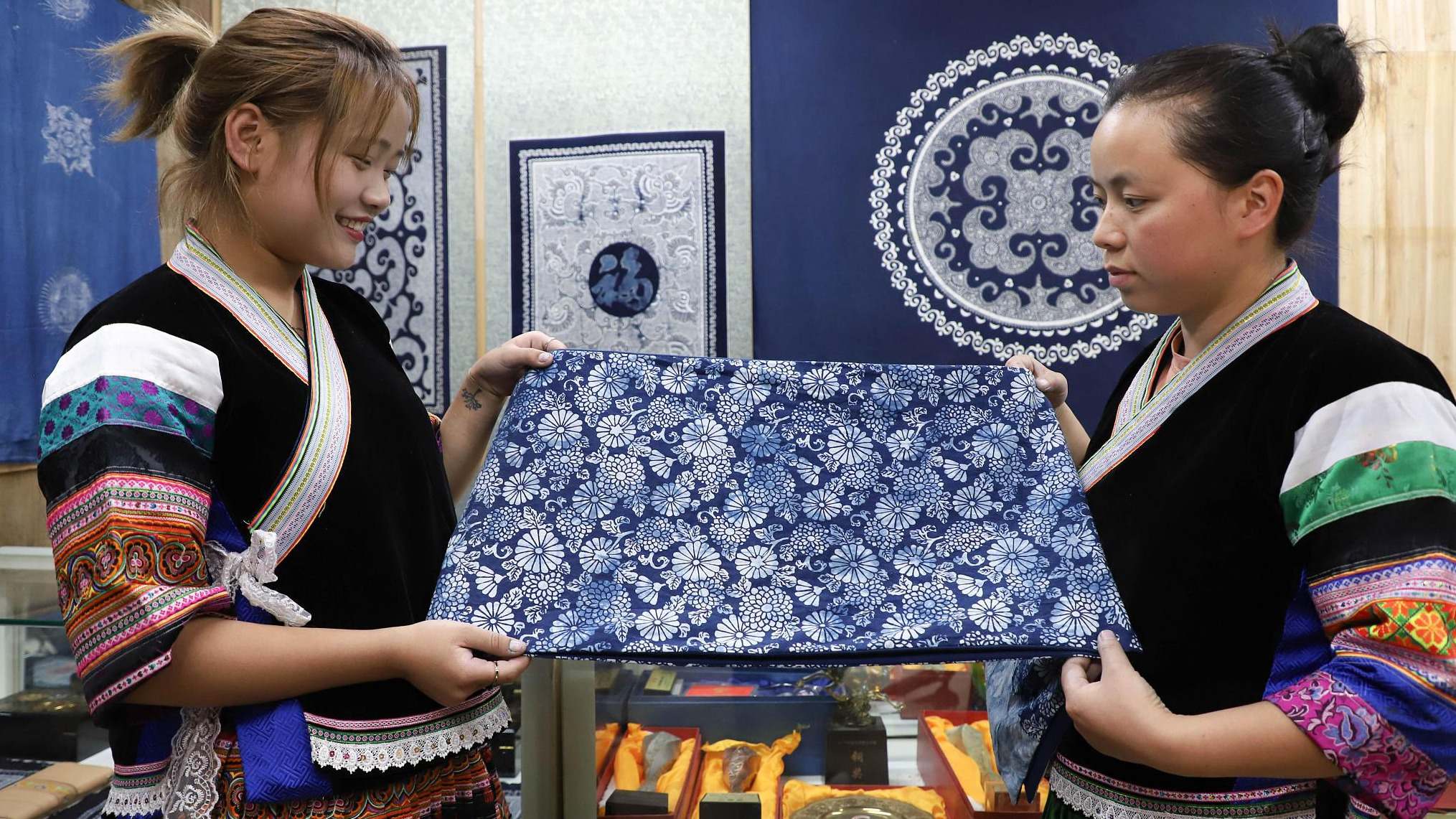
The Miao Women display batik products in Zhijin County, Bijie City, southwest China's Guizhou Province, September 25, 2018. /VCG Photo
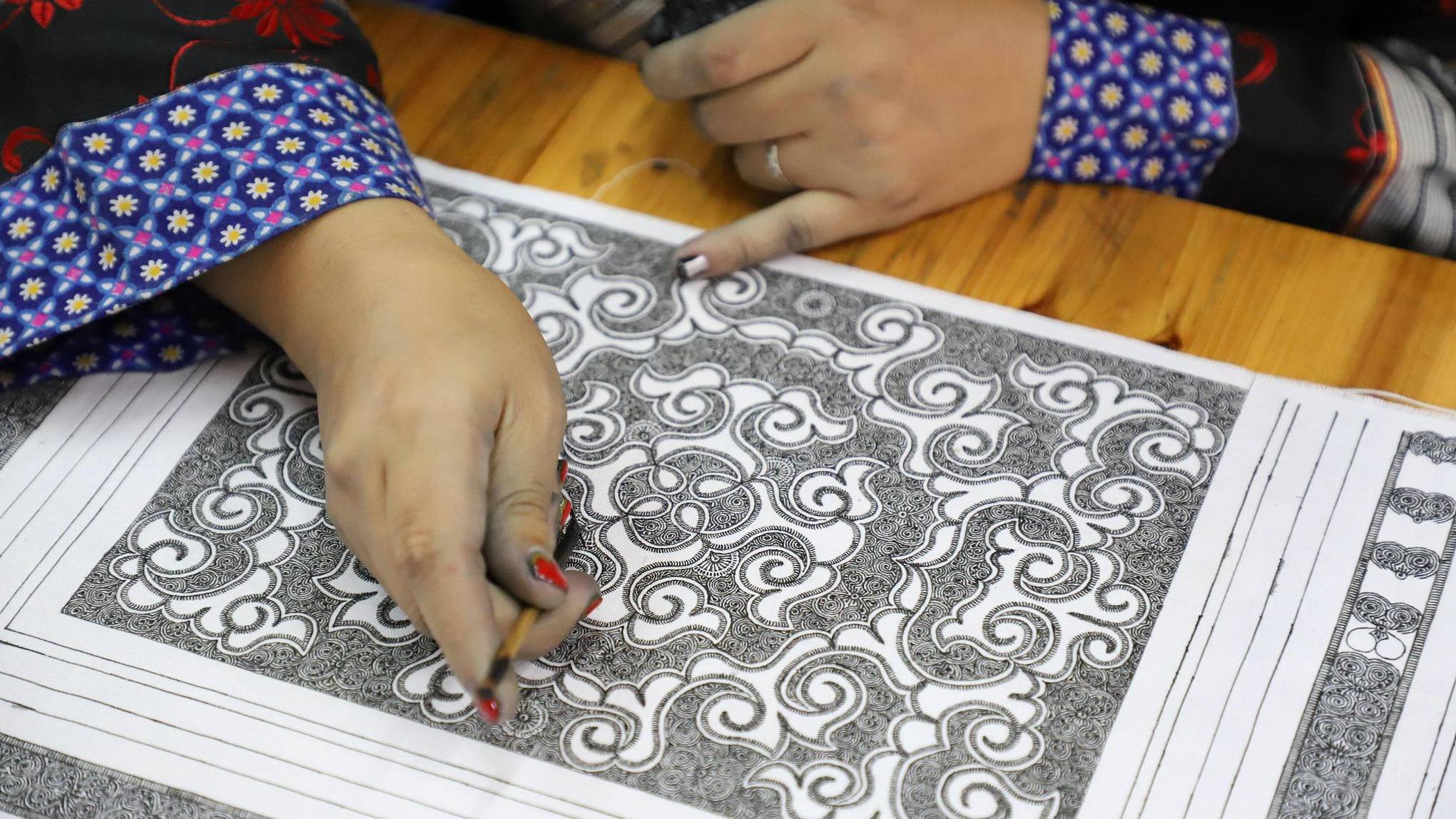
Batik simply refers to the skill that uses wax to prevent and dye indigo on fabric, and then produces batik patterns with blue and white color after dyeing. Miao embroidery and batik are important parts of Chinese Intangible Cultural Heritage. /VCG Photo
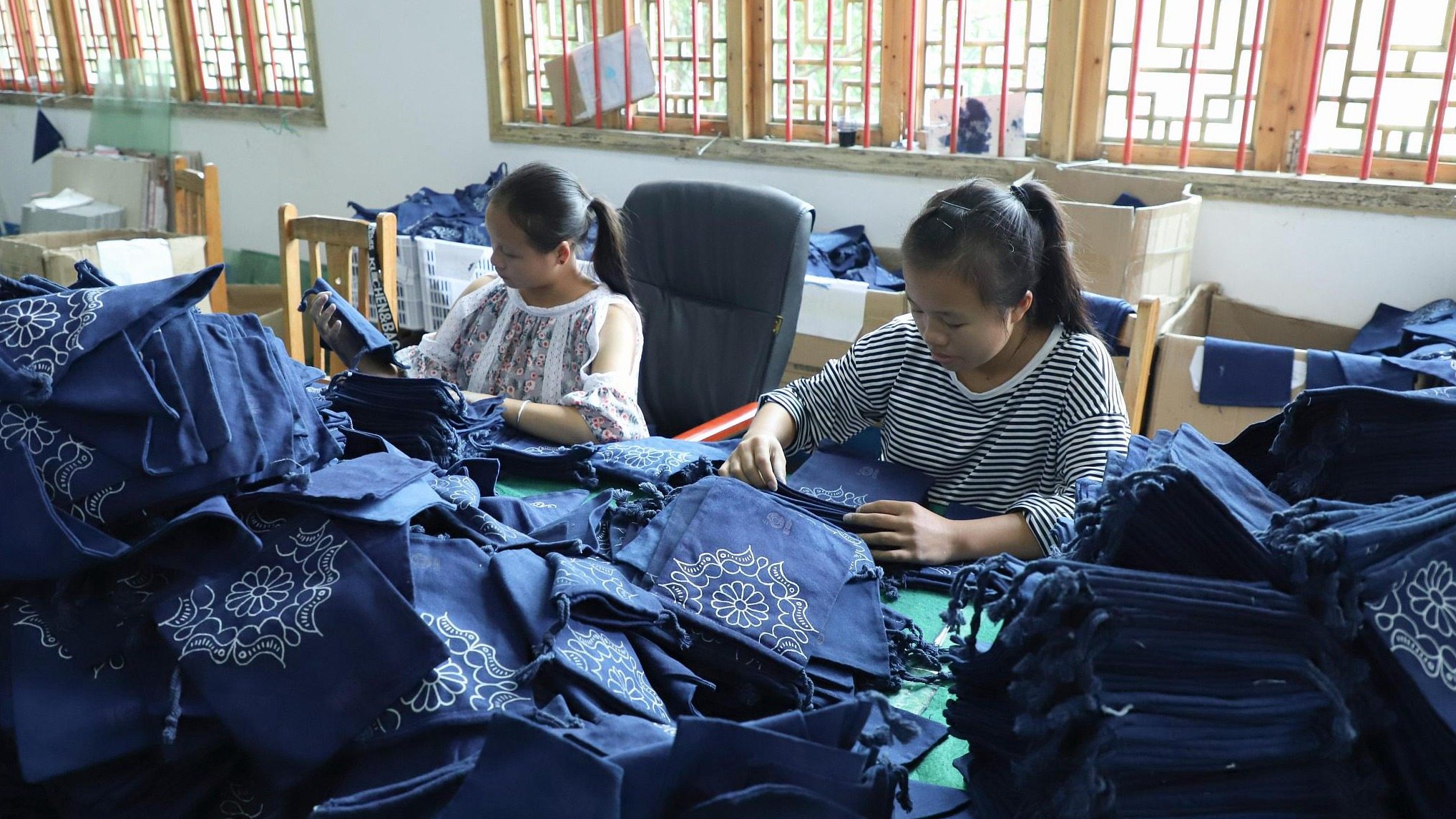
As a traditional cloth dyeing technique, batik has been passed on from generation to generation and local women often learn this handicraft when they are young. /VCG Photo
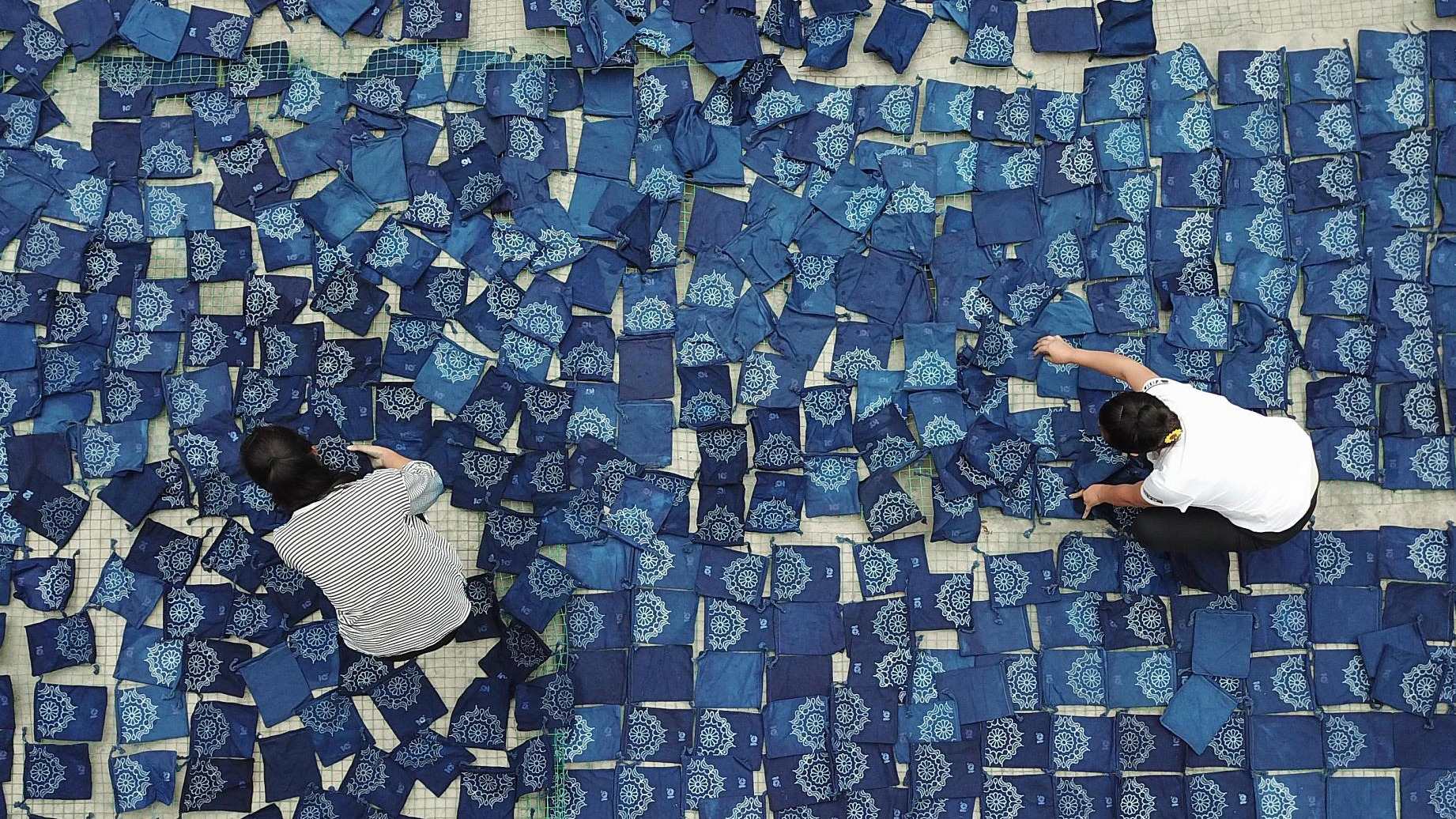
Turning ancient artisanship into modern goods including festive dresses, bedding, and accessories, the batik workshop has helped women make a living at home and has boosted local tourism. /VCG Photo
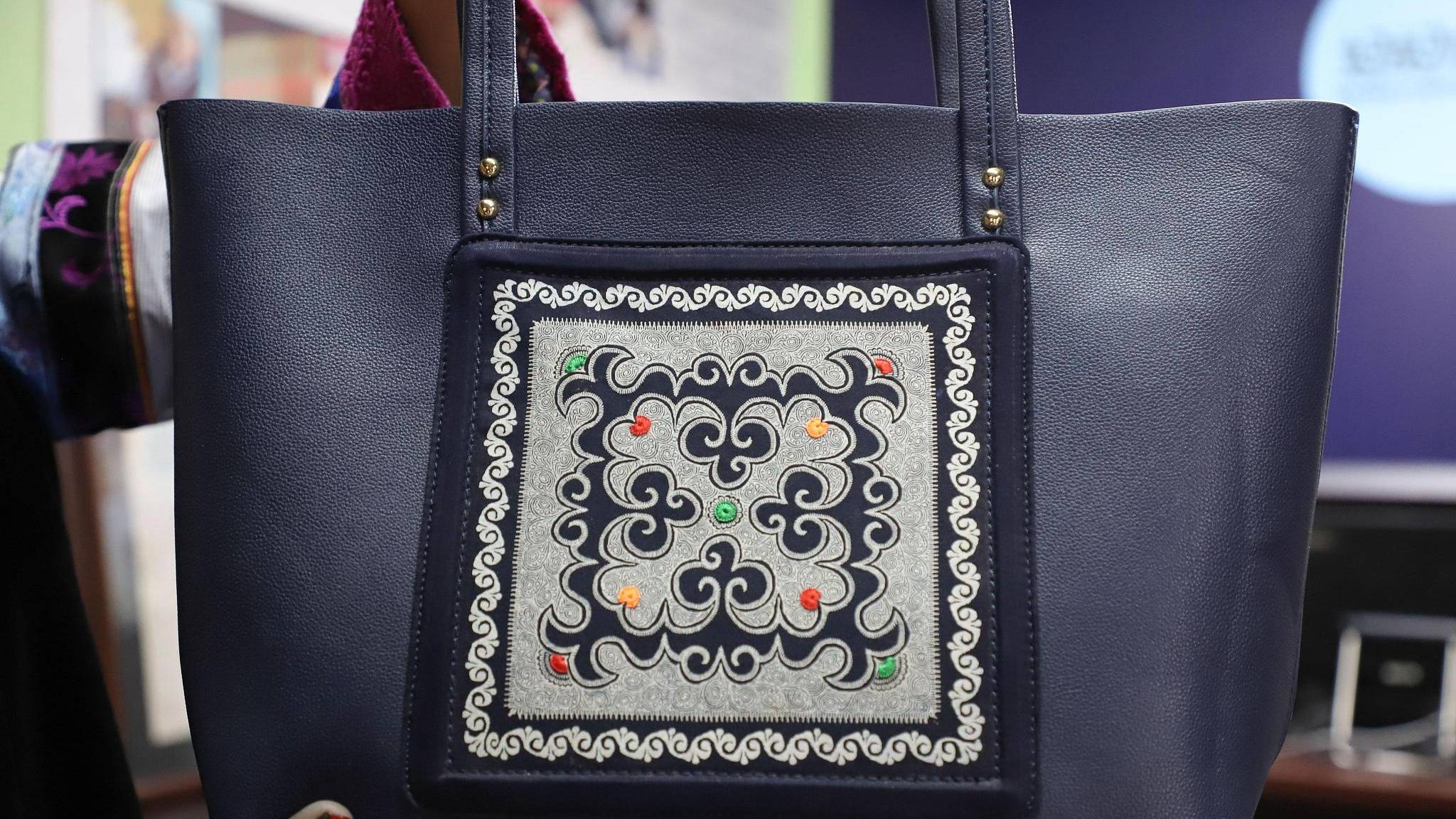
In recent years, broadening selling channels through e-commerce and live streaming platforms has popularized the old batik in international markets. /VCG Photo

Copyright © 2018 CGTN. Beijing ICP prepared NO.16065310-3
Copyright © 2018 CGTN. Beijing ICP prepared NO.16065310-3